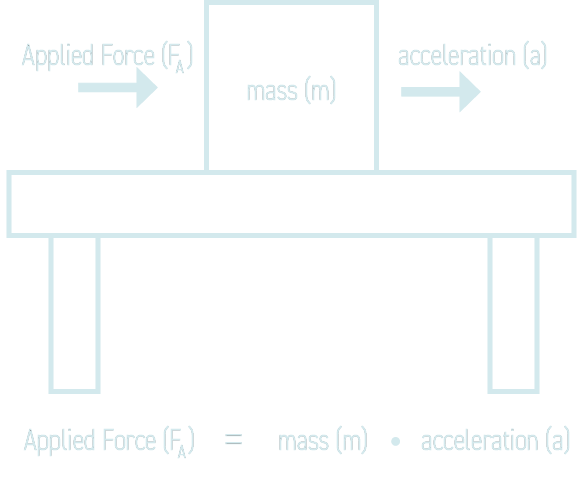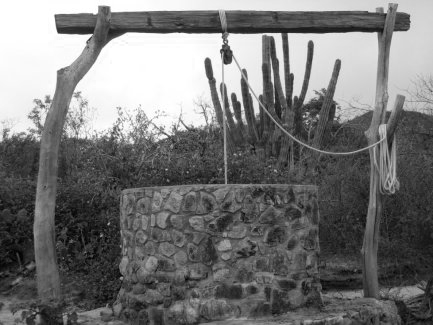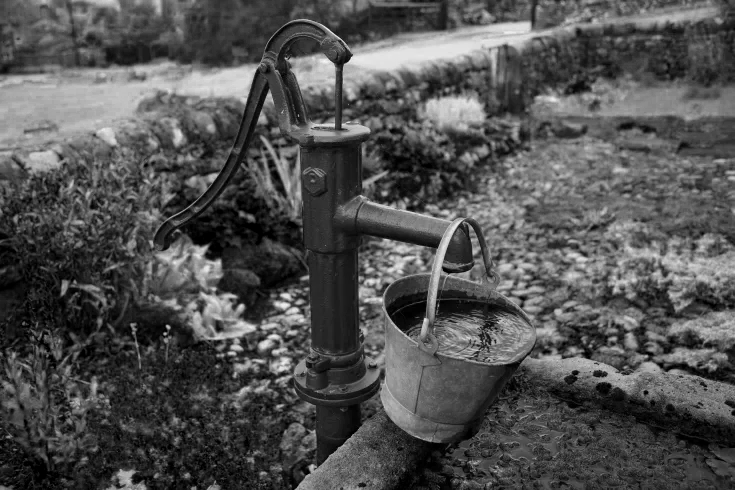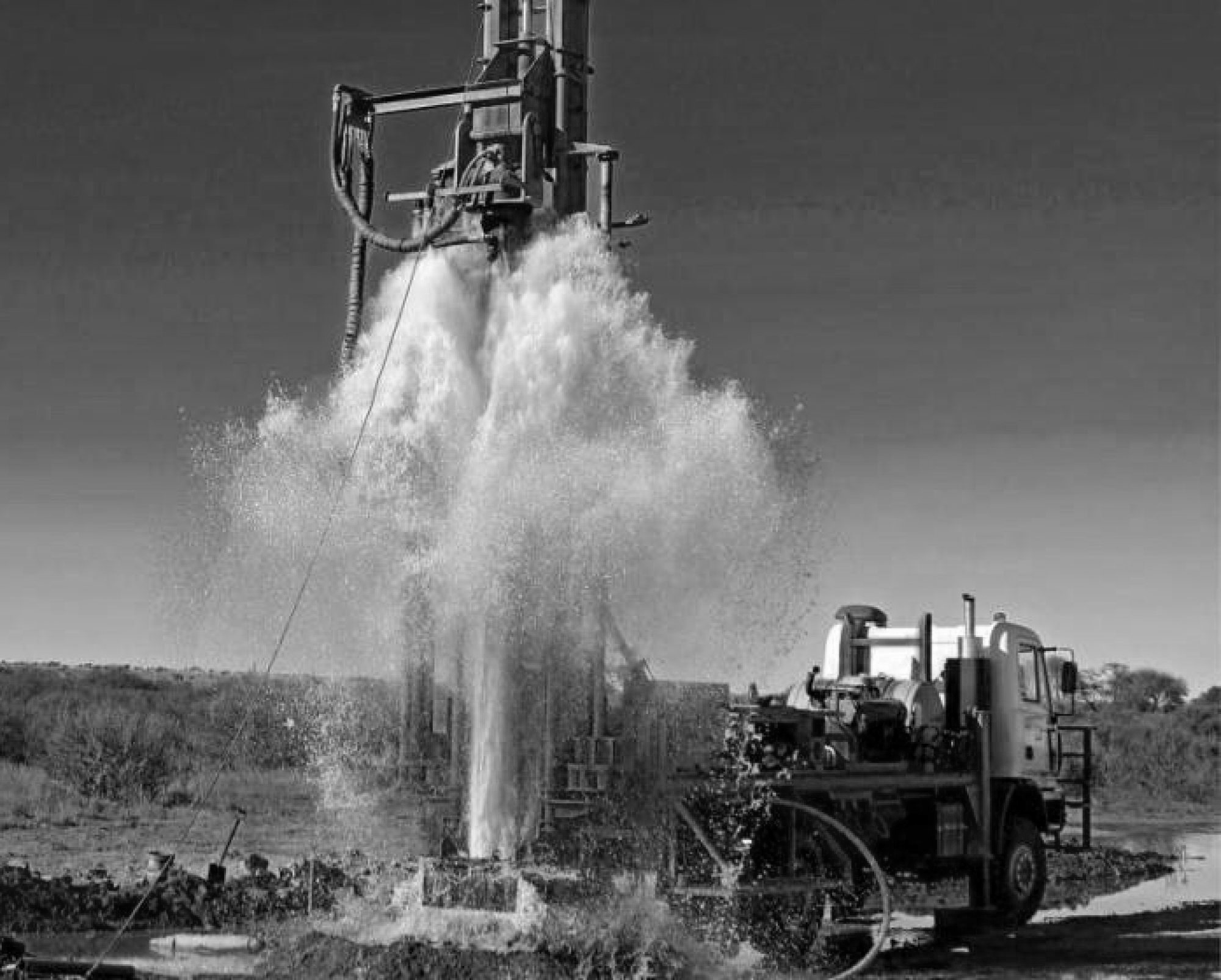.png)
.png)
The word draw in regard to movement can mean several things. It can mean to cause motion by applying force (horses drawing a wagon), to cause motion by leading (drawn towards adventure), to cause to flow forth (draw water), and a handful of other more specific meanings.
An applied force is a contact force applied to an object by external means. As a result of applied force, the object either moves or deforms. The object is generally drawn in the direction of the applied force. In other cases, things like pulleys change the way force is applied drawing the object in a different direction than the initial applied force.
There are ways to calculate applied force by knowing an objects mass and acceleration. This basic formula ignores forces such as friction and is limited as it does not include gravity but can be used to quickly calculate a rough estimate of the applied force exerted on an object moving on a flat surface on the horizontal axis.


The hero's Journey is a common structure discovered by Joseph Campbell. Through studying huge volumes of heroic stories, Campbell was able to distill a common structure that fit the arc of the majority of these stories' protagonists. This structure is made up of 12 steps several of which challenge the stories hero drawing out their potential, strength, and/or hidden power. Here are three examples of steps in the hero's journey that draw them towards a calling or draw out their potential.
Call to Adventure is a disruption of the norm. This often takes place in the form of a significant event or reviolation. This draws the protagonist away from the known and into the unknown.
The mentor is a character that often appears in a moment of crisis or self-doubt for the hero. They help to draw out the hero's potential by offering guidance and reminding them of the importance of their journey. This is often someone who has embarked on a similar journey and sometimes has tried and failed to do what the protagonist is attempting.
This is the story's life or death moment. This can take the form many forms such as a great battle with the hero's greatest enemy or a decision that forces the hero to confront their deepest fears. Failure at this moment carries extreme consequences but the cost of success is often great. win or lose, the hero will undergo a form of death. This will draw out a different side, ability, or perspective of the hero, leaving them forever changed.
Wells are an extremely important ancient invention dating back to around 7,000 - 10,000 BC. Wells allow for the collection of water in places where surface water is scarce. Wells also reduced the need for long potentially dangerous trips to other water sources. These ancient wells became the foundation for modern plumbing and irrigation systems.
There are 3 main types of wells and while these wells each differ in how they are built and in how they draw water they all follow the same basic formula. All wells use some method to access ground water located at the water table. The water table is a level where the earth is heavily saturated with water. Differences in the porosity and permeability of rocks underground control the way water moves underground. When a water bearing rock easily transmits water to wells and springs, it is called an aquifer. Aquifers can make great consistent sources of water but they do have limits. Aquifers need to recharge through precipitation and if they are over drawn without being allowed recharge it can cause a lower yield of water and eventually cause any well drawing from it to run dry.

Dug wells are the oldest type of wells. Historically, dug wells were excavated by hand until the water pouring into the diggers path prevented them from digging further. These wells are large in diameter and expose a large area to the aquifer and can get water from very fine sand, silt, or clay. These materials are generally less permeable but these wells large diameter makes collecting from these materials possible.
Unfortunately, due to these wells being relatively shallow and lacking a continuous casing, they are susceptible to contamination from surface sources and often go dry during times of drought.
Driven wells are still used today. This is largely due to easy installation and use. Driven wells are created by driving a thin metal pipe, often with a filter on the bottom, into soft earth with some kind of pump is attached to the top to draw the water out and to the surface. Due to these wells not being very deep, a hand pump is usually sufficient to draw water.
As with the dug wells, Driven wells are relatively shallow. Because of this, they are also susceptible to contamination from surface sources and can also go dry during times of drought.


The majority of modern wells are drilled wells. These wells are made by large drill rigs that use rotary, auger, and percussion bits to drill and smash more than 1,000 feet deep. This makes these wells the cleanest and most reliable out of the 3 basic types.
The biggest downside to these wells is the difficulty and expense of making one. These drilling rigs are huge, expensive, and require a trained crew to operate. Additionally, due to how deep the well is, an electric pump is often necessary to draw water from these wells. This adds to the cost and difficulty of building a drilled well.
Draw out - definition of draw out by The Free Dictionary
Applied Force: Definition, Formula, and Examples (sciencefacts.net)
Hero's Journey: A Complete Guide to the Hero's Journey Steps (goalcast.com)
Hero's journey - Wikipedia
History of water wells | Total Soft Water
Groundwater Wells | U.S. Geological Survey (usgs.gov)